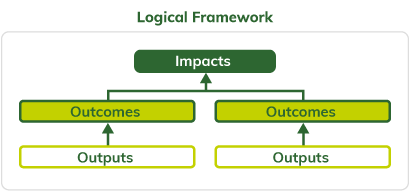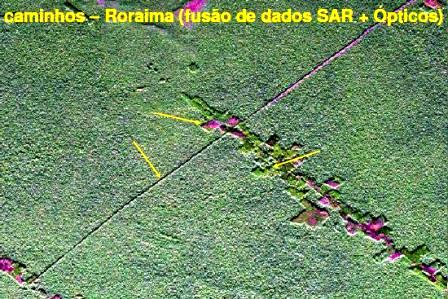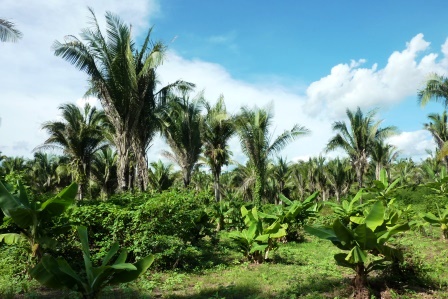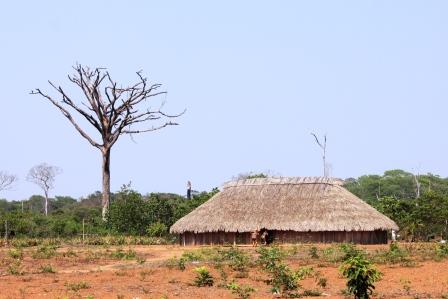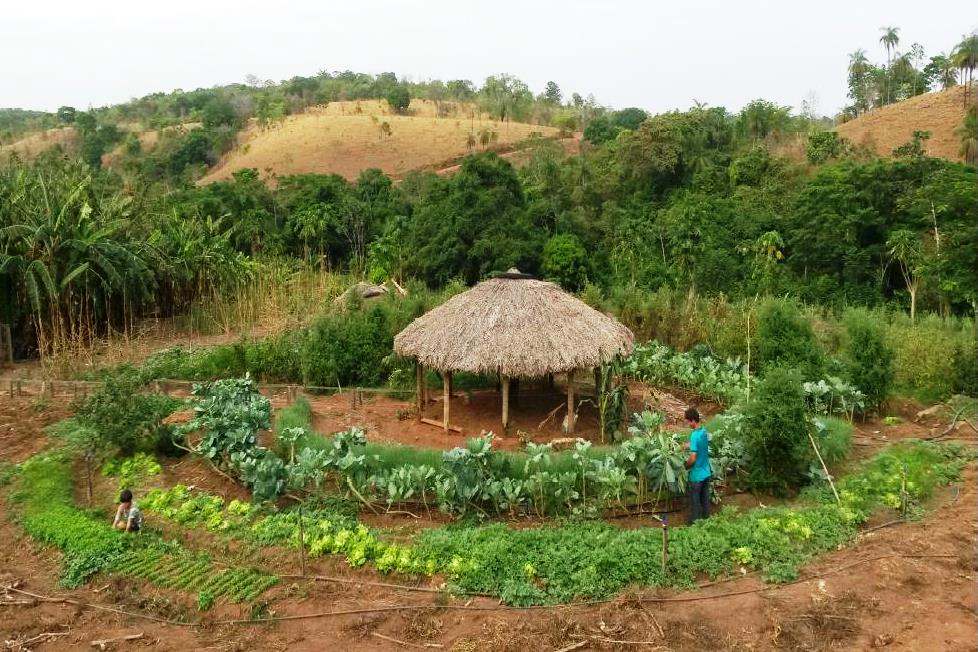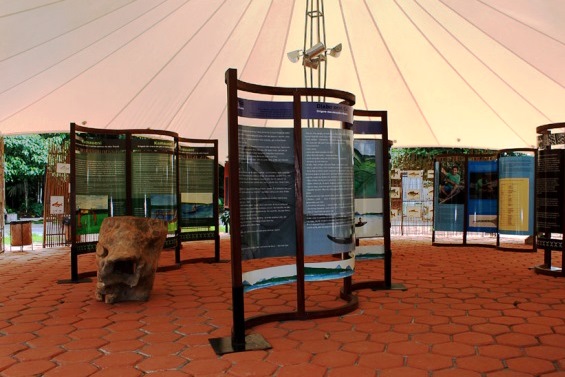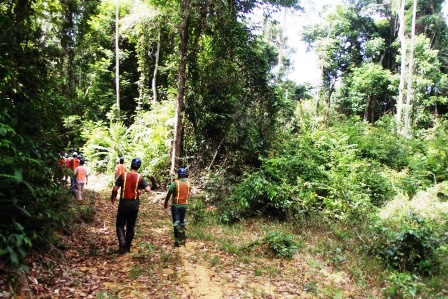ACTIVITIES CONDUCTED
Georeferencing, demarcation, and signage activities were carried out in 11 state Conservation Units (CUs), which had already been formally established and are in the Legal Amazon:
- Rio Ronuro Ecological Station, Nova Ubiratã;
- Mãe Bonifácia City Park;
- "Zé Bolo Flô" State Park;
- Encontro das Águas State Park;
- Massairo Okamura State Park;
- Rio Madeirinha Ecological Station;
- Rio Roosevelt Ecological Station;
- Tucumã State Park;
- Igarapés do Juruena State Park;
- Cristalino I State Park;
- Flor do Prado Park.
To consolidate the state's protected areas through the adoption of agricultural practices without the use of fire, small farmers, agrarian reform settlers, and members of traditional communities around five CUs (Serra de Ricardo Franco and Serra de Santa Bárbara State Parks, Guariba Roosevelt Extractive Reserve, Rio Roosevelt Ecological Station, and Igarapés do Juruena State Park) were trained. Educational and preventive campaigns on fire usage were conducted, mobilizing 10,825 people through lectures, seminars, and educational campaigns on fires and illegal deforestation.
Personal protective equipment and tools for combating forest fires were purchased, along with information technology (IT) equipment and vehicles to equip two advanced fire-fighting units, based in the northwest of the state (in the municipalities of Colniza and Nova Ubiratã) for immediate response to the CUs. Additionally, 357 volunteer firefighters were trained in municipalities surrounding seven CUs.
The IT infrastructure for environmental licensing was expanded (high-performance computers for large volumes of data and geoprocessing images and new software to ensure the stability of databases) to support the increased demand required by the Integrated Environmental Management System (SIGA), which was implemented to digitize 100% of state environmental licensing processes. The architecture, as well as some modules of SIGA, such as the Water Resources Module, are already in use. The Industry and Services Licensing Module (SUIMIS) and Forest Licensing Module (SUGEF) will be delivered soon.
IT equipment, digital cameras, mobile phones, vehicles, motorcycles, boats, and various other support equipment were also purchased to intensify monitoring and environmental enforcement activities and to decentralize and strengthen environmental management in the nine regional units of Sema (directorates), which are carried out by their technicians. Additionally, Sema’s enforcement team is being trained through various courses.
As part of the decentralization of environmental management, which includes activities to strengthen state environmental management through the decentralization of SEMA's activities, 40 municipalities benefiting from the project were qualified to carry out environmental licensing through the publication of ordinances and the execution of the Technical Cooperation Agreement, which makes them responsible for local environmental management. Equipment and vehicles were also purchased to strengthen the activities carried out by the municipal environmental departments. Nearly all the new municipal environmental departments' headquarters, as planned in the project, have begun construction.
A mobilization and awareness event entitled "Exchange of Experiences between Municipal Managers" was held, along with eight multiplier courses under the State Environmental Education Program, with a total of 366 graduates, including students, teachers, cooperative and union representatives, extension technicians, community agents, civil servants, and rural producers.
The GPWeb project management system was implemented, with continuous training provided for servers in the use of the system for the execution, monitoring, and supervision of the project’s subcomponents.
SEMA built a dedicated channel on its official website to promote and sell products from the sociobiodiversity produced by traditional communities and family farmers in Mato Grosso.


